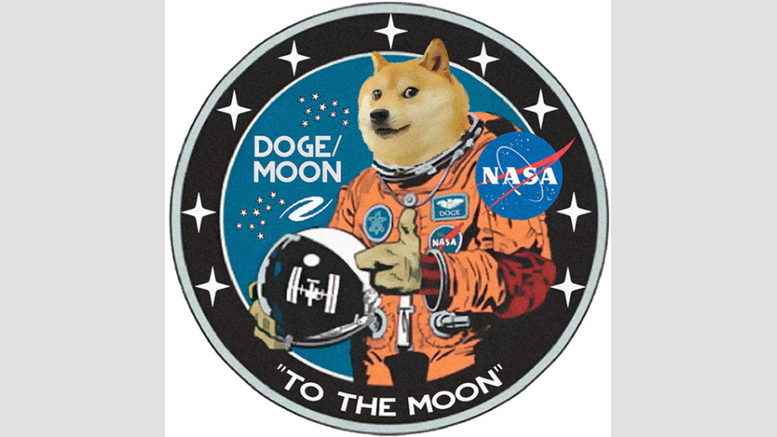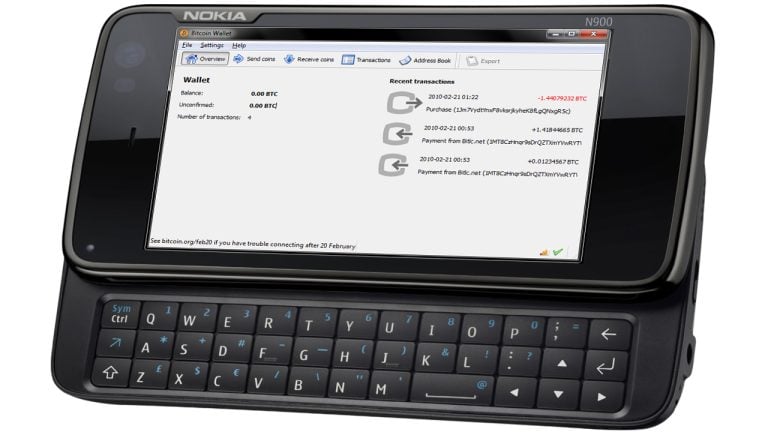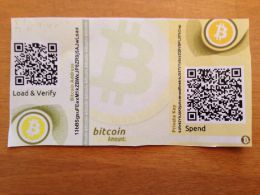
Dogecoin Core Client Now Offering Paper Wallet Support
In its new client update, Dogecoin development team added the support for printing paper wallets. Developed by 'AndyMeows', the paper wallet feature will help users to store Dogecoin balances offline in a non-digital format, making them safe from hackers and computer viruses. Users can access this feature from the "FILE" menu to generate new paper wallets. These paper balances can be handed out in person to friends, families and merchants. Furthermore, users can adopt this method as a form of cold storage device. [Note: For a better utilization, users are further recommended to disconnect....
Related News
Bitcoin has a new lead developer, Wladimir van der Laan, and with the ecosystem growing every day he is going to have a lot on his hands over the next year. We asked Van der Laan what major issues affecting the bitcoin core are on his radar. Here are his four main priorities: 1. Splitting off the Bitcoin-Qt wallet from the P2P core code. At the moment, the core functions of the bitcoin client, processing new transactions and maintaining the history of old transactions, share the space as information about the wallet you set up using the client. When you download Bitcoin-Qt, the official....
Some Bitcoin Core users are speculating Bitcoin Unlimited will "copy" this feature soon. One of the main issues people have with the Bitcoin Core client is how slow it works. To be more specific, synchronizing the blockchain takes up quite a lot of time. Developers have found a way to speed up this process by as much as 48%. It appears the new Bitcoin Core client packs quite some punch and solves some lingering issues. All things considered, a positive development that will make quite a few people happy. According to a Reddit post, the Bitcoin Core 0.14.0 client is quite....
When Satoshi Nakamoto created Bitcoin, the full node client came with a wallet often referred to as Bitcoin-Qt. Nakamoto’s simplified payment verification (SPV) concept was not available until two years later, after the former Bitcoin Core developer Mike Hearn published BitcoinJ in 2011. However, prior to the first SPV client or optimized lightweight bitcoin wallet, the first phone-to-phone bitcoin transaction occurred more than 11 years ago on December 7, 2010.
Sending 0.42 Bitcoin From a Nokia N900 to Another Nokia N900 in 2010
Satoshi’s Bitcoin is nearing its....
Bitcoin paper wallets are a great, simple, and secure method to store your precious bitcoins. While creating and using a paper wallet may be simple, much confusion still stands behind the how. Today I'm going to show you how to create a bitcoin paper wallet, and explain how they work. But first, let's see the positive and negative sides of a paper wallet: Positive sides. Pretty much the only way someone can steal your bitcoins (assuming your private key wasn't compromised while creating the paper wallet) is for someone to physically see the paper wallet. Easy to create. Fun way to share....
The Simplified Payment Verification protocol was envisioned by Satoshi Nakamoto in the Bitcoin white paper. He also mentioned it later on, saying that he figured the future would involve most people using such things. I anticipate there will never be more than 100K nodes, probably less. It will reach an equilibrium where it's not worth it for more nodes to join in. The rest will be lightweight clients, which could be millions. If you're not familiar with what an SPV client is, it's a Bitcoin wallet like Multibit, which only reads the block headers rather than downloading the entire....





